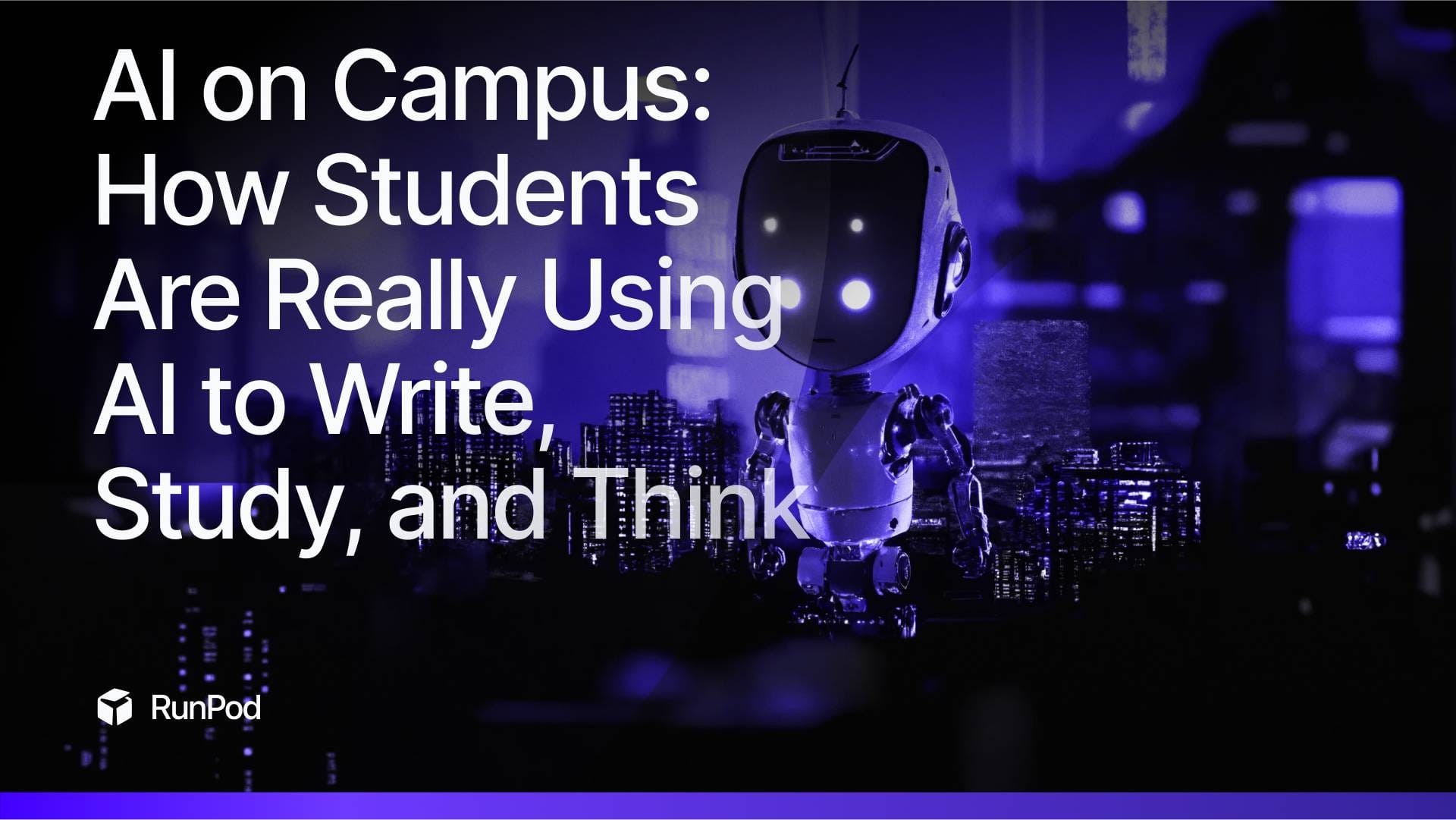AI on Campus: How Students Are Really Using AI to Write, Study, and Think
Forget the stereotypes — students aren’t just using AI to cheat. From study guides to schedule planning, here’s how today’s college students are using tools like ChatGPT to learn smarter, stay organized, and support each other along the way.

By Adrienne Piette
Ask my older relatives how they think my generation is using AI, and I can already picture the response. They’d probably bring up a Facebook meme where a cartoon teenager is being dragged around by their phone, eyes glazed, fully disconnected from reality. They’d say something about “kids these days” hunched over their laptops, asking ChatGPT to write their entire essay the night before it’s due.
They wouldn’t be entirely wrong — but the truth is a lot more nuanced, and honestly, more interesting.
As a third-year Environmental Science student at the University of British Columbia, I’ll admit it: I use AI. Not to write my papers or take shortcuts, but to support my work in ways that feel practical, helpful, and — sometimes — surprisingly creative.
Take studying, for example. Science courses are notoriously heavy on memorization, which has never been my strong suit. With a quick copy-paste of my lecture notes, I can ask ChatGPT to quiz me on watershed hydrology or forest ecology. It’ll throw out terms, prompt me for definitions, and loop back to anything I struggled with. It’s like having a tireless study buddy — one that doesn’t judge you for needing the concept explained again (and again) in simpler terms.
AI has also helped me find little workarounds that make a big difference when things pile up. Say I’ve got two research papers due, three midterms on the horizon, and a dense journal article I’m supposed to read by tomorrow. I’ve used ChatGPT to summarize complex readings, just to get a handle on what they’re about. I’ve had it alphabetize my citations so I don’t lose points over forgetting that H comes after F. These aren’t major tasks — but they chip away at your time and focus. Offloading the friction means I can actually focus on learning.
And I’m not the only one. Around campus, AI use looks less like cheating and more like optimizing. I’ve seen people use Grammarly to revise emails to professors and internship coordinators. Others use Notion AI to organize their weeks — one friend inputs all her assignments and extracurriculars, then asks it to generate a study plan that doesn’t feel overwhelming.
There’s even a sort of AI-sharing culture here. A lot of students split the cost of ChatGPT Plus and share one account, almost like Netflix. In group chats, someone will say, “Can you drop the quiz questions chat made for the study guide?” or “What prompt worked best for explaining that stats formula?” There’s no gatekeeping — it’s collaborative, efficient, and honestly kind of sweet.
Not all use cases are academic. When OpenAI dropped the manga filter, my friends and I spent hours turning ourselves into anime characters. It didn’t help with midterms — but it made for a great study break. ChatGPT’s also become the unofficial dorm-room therapist. We’ve all typed in a 2am existential spiral and gotten back a comforting, “It’s okay to feel overwhelmed. Try this grounding exercise.” It’s not a replacement for real support — but in the moment, it’s surprisingly helpful.
Still, not everyone’s sold. Some professors write “NO AI” in bold at the top of their syllabi, especially in classes with a creative focus. Others are a bit more flexible — maybe AI is okay for brainstorming? Or fixing grammar? Maybe? But the line between support and academic dishonesty isn’t always clear — and that ambiguity makes it tricky to navigate.
Some students treat AI like any other tool. Others worry it’s dulling our creativity or making us second-guess our instincts. Personally, I’ve found it helps me move past mental blocks — especially when I’m overwhelmed. But even when I use AI, I still want the final work to reflect my own thinking.
Maybe that’s the real tension AI introduces in education. Not just should we use it — but how to use it without losing the parts of learning that actually matter.
And honestly? That question feels pretty human to me.
